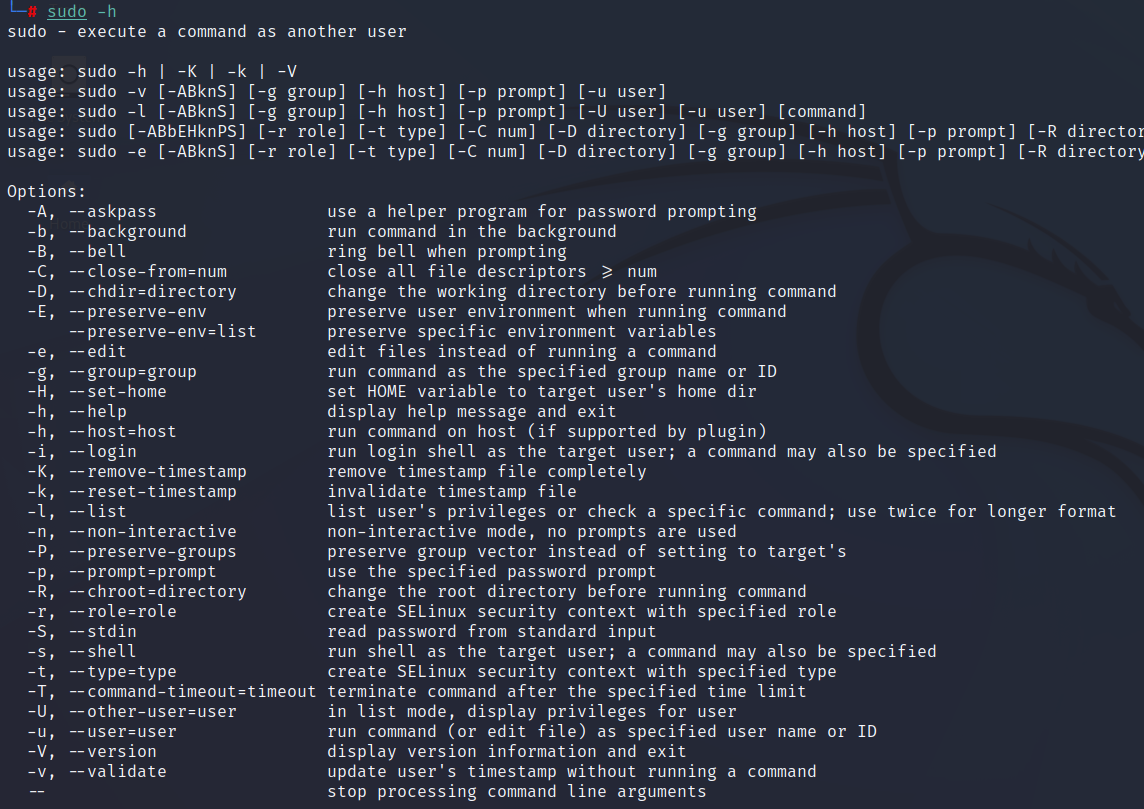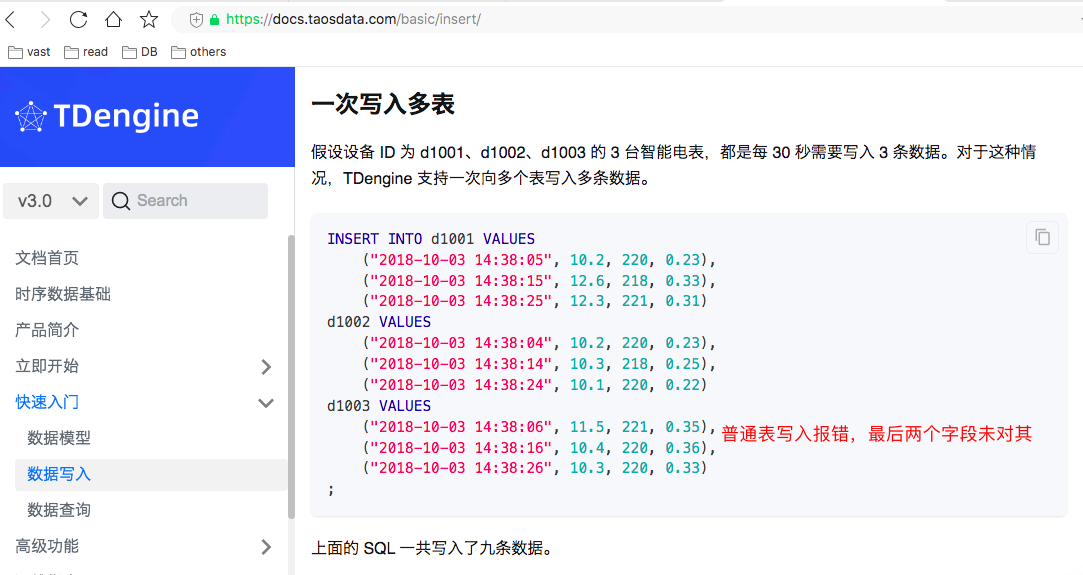Spring框架的IoC是基于Java反射机制实现的
Java反射机制是在运行状态中,对于任意一个类,都能够知道这个类的所有属性和方法;对于任意一个对象,都能够调用它的任意方法和属性,这种动态获取信息以及动态调用对象方法的功能称为Java语言的反射机制。简单来说,反射机制指的是程序在运行时能够获取自身的信息
要想解剖一个类,必须先要获取到该类的Class对象,而剖析一个类或用反射解决具体的问题就是使用相关API(1)java.lang.Class(2)java.lang.reflect,所以,Class对象是反射的根源
package com.qcby;
import org.junit.Test;
import java.lang.reflect.Constructor;
import java.lang.reflect.Field;
import java.lang.reflect.InvocationTargetException;
import java.lang.reflect.Method;
public class TestCar {
//1.获取Class对象多种方式
@Test
public void test01() throws ClassNotFoundException, NoSuchMethodException, InvocationTargetException, InstantiationException, IllegalAccessException {
//1)类名.class
Class<Car> clazz1 = Car.class;
//2)对象.getClass()
Class clazz2 = new Car().getClass();
//3.Class.forName("全路径")
Class clazz3 = Class.forName("com.qcby.Car");
//实例化
Car car = (Car) clazz3.getDeclaredConstructor().newInstance();
System.out.println(car);
}
//2.获取构造方法
@Test
public void test02() throws NoSuchMethodException, InvocationTargetException, InstantiationException, IllegalAccessException {
Class<Car> clazz = Car.class;
//获取所有public的构造方法
// Constructor[] constructors = clazz.getConstructors();
//获取所有构造方法(public、private)
Constructor[] constructors = clazz.getDeclaredConstructors();
for (Constructor c : constructors) {
System.out.println("名称:"+c.getName()+" 参数个数:"+c.getParameterCount());
}
//指定有参构造创造对象
//1)构造方法是public
// Constructor c1 = clazz.getConstructor(String.class, int.class, String.class);
// Car car1 = (Car) c1.newInstance("奥迪", 10, "黑色");
// System.out.println(car1);
//2)构造private
Constructor c2 = clazz.getDeclaredConstructor(String.class, int.class, String.class);
c2.setAccessible(true); //允许访问私有构造
Car car2 = (Car) c2.newInstance("宝马", 10, "白色");
System.out.println(car2);
}
//3.获取属性
@Test
public void test03() throws NoSuchMethodException, InvocationTargetException, InstantiationException, IllegalAccessException {
Class clazz = Car.class;
Car car = (Car) clazz.getDeclaredConstructor().newInstance();
//获取所有public属性
// Field[] fields = clazz.getFields();
//获取所有属性(包含私有属性)
Field[] fields = clazz.getDeclaredFields();
for (Field field : fields) {
if(field.getName().equals("name")){
//设置允许访问
field.setAccessible(true);
field.set(car,"五菱宏光");
}
System.out.println(field.getName());
System.out.println(car);
}
}
//4.获取方法
@Test
public void test04() throws InvocationTargetException, IllegalAccessException {
Car car = new Car("奔驰",10,"黑色");
Class clazz = car.getClass();
//1)public方法
Method[] methods = clazz.getMethods();
for (Method method : methods) {
// System.out.println(method.getName());
//执行方法
if(method.getName().equals("toString")){
String invoke = (String) method.invoke(car);
System.out.println("toString执行了:"+invoke);
}
}
//2)private方法
Method[] methods1 = clazz.getDeclaredMethods();
for (Method method : methods1) {
//执行方法
if(method.getName().equals("run")){
method.setAccessible(true);
method.invoke(car);
}
}
}
}
手写IoC
1.创建子模块spring-ioc
2.创建测试类 service dao
3.创建两个注解
- @Bean 创建对象
- @Di 属性注入
4.创建bean容器接口 ApplicationContext
- 定义方法
- 返回对象
5.实现bean容器接口
- 返回对象
- 根据包规则加载bean
扫描com.qcby这个包和它的子包里面的所有类,看类上面是否有@Bean注解,如果有则把这个类通过反射实例化
package com.qcby.dao;
public interface UserDao {
void add();
}
package com.qcby.dao.impl;
import com.qcby.anno.Bean;
import com.qcby.dao.UserDao;
import org.springframework.stereotype.Repository;
@Bean
public class UserDaoImpl implements UserDao {
@Override
public void add() {
System.out.println("dao...");
}
}
package com.qcby.service;
public interface UserService {
void add();
}
package com.qcby.service.impl;
import com.qcby.anno.Bean;
import com.qcby.anno.Di;
import com.qcby.dao.UserDao;
import com.qcby.service.UserService;
import org.springframework.stereotype.Service;
@Bean
public class UserServiceImpl implements UserService {
@Di
private UserDao userDao;
@Override
public void add() {
System.out.println("service...");
//调用dao的方法
userDao.add();
}
}
package com.qcby.bean;
public interface ApplicationContext {
Object getBean(Class clazz);
}
package com.qcby.anno;
import java.lang.annotation.ElementType;
import java.lang.annotation.Retention;
import java.lang.annotation.RetentionPolicy;
import java.lang.annotation.Target;
@Target(ElementType.TYPE)
@Retention(RetentionPolicy.RUNTIME)
public @interface Bean {
}
package com.qcby.anno;
import java.lang.annotation.ElementType;
import java.lang.annotation.Retention;
import java.lang.annotation.RetentionPolicy;
import java.lang.annotation.Target;
@Target({ElementType.FIELD})
@Retention(RetentionPolicy.RUNTIME)
public @interface Di {
}
package com.qcby.bean;
import com.qcby.anno.Bean;
import com.qcby.anno.Di;
import java.io.File;
import java.io.IOException;
import java.lang.annotation.Annotation;
import java.lang.reflect.Field;
import java.lang.reflect.InvocationTargetException;
import java.net.URL;
import java.net.URLDecoder;
import java.util.Enumeration;
import java.util.HashMap;
import java.util.Map;
import java.util.Set;
public class AnnotationApplicationContext implements ApplicationContext{
//创建一个map集合,放bean对象
private Map<Class,Object> beanFactory = new HashMap<>();
private static String rootPath;
@Override
public Object getBean(Class clazz) {
return beanFactory.get(clazz);
}
//设置包扫描规则
//当前包及其子包,哪个类有@Bean注解,把这个类通过反射实例化
public AnnotationApplicationContext(String basePackage) throws IOException, ClassNotFoundException, InvocationTargetException, NoSuchMethodException, InstantiationException, IllegalAccessException {
//1.把.替换成\
String packagePath = basePackage.replaceAll("\\.", "\\\\");
//2.获取包的绝对路径
Enumeration<URL> urls = Thread.currentThread().getContextClassLoader().getResources(packagePath);
while (urls.hasMoreElements()){
URL url = urls.nextElement();
String filePath = URLDecoder.decode(url.getFile(), "utf-8");
//获取包前面路径部分,字符串截取
rootPath = filePath.substring(0, filePath.length() - packagePath.length());
//包扫描
loadBean(new File(filePath));
}
//属性注入
loadDi();
}
//包扫描过程,实例化
private void loadBean(File file) throws ClassNotFoundException, NoSuchMethodException, InvocationTargetException, InstantiationException, IllegalAccessException {
//1.判断当前是否是文件夹
if(file.isDirectory()){
//2.获取文件夹里的所有内容
File[] childrenFiles = file.listFiles();
//3.判断文件夹里面为空,直接返回
if(childrenFiles == null || childrenFiles.length == 0){
return;
}
//4.如果文件夹不为空,遍历文件夹所有内容
for (File child : childrenFiles) {
//1)遍历得到每个File对象,继续判断,如果还是文件夹,递归
if(child.isDirectory()){
loadBean(child);
}else {
//2)遍历得到File对象不是文件夹,是文件
//3)得到包路径+类名称部分 字符串截取
String pathWithClass = child.getAbsolutePath().substring(rootPath.length() - 1);
//4)判断当前文件类型是否是.class
if(pathWithClass.contains(".class")){
//5)如果是.class类型,把路径\替换成.,把.class去掉
String allName = pathWithClass.replaceAll("\\\\", ".").replace(".class", "");
//6)判断类上是否有注解@Bean,如果有,实例化过程
//6.1获取类的Class
Class<?> clazz = Class.forName(allName);
//6.2判断不是接口,实例化
if(!clazz.isInterface()){
//6.3判断类上面是否有注解@Bean
Bean annotation = clazz.getAnnotation(Bean.class);
if(annotation != null){
//6.4实例化
Object instance = clazz.getConstructor().newInstance();
//7)把对象实例化之后,放到map集合beanFactory
//7.1判断当前类如果有接口,让接口class作为map的key
if (clazz.getInterfaces().length>0){
beanFactory.put(clazz.getInterfaces()[0],instance);
}else {
beanFactory.put(clazz,instance);
}
}
}
}
}
}
}
}
//属性注入
private void loadDi() throws IllegalAccessException {
//实例化对象在beanFactory的map集合里面
//1.遍历beanFactory的map集合
Set<Map.Entry<Class, Object>> entries = beanFactory.entrySet();
for (Map.Entry<Class, Object> entry : entries) {
//2.获取map集合每个对象(value),每个对象属性获取到
Object obj = entry.getValue();
//获取对象Class
Class<?> clazz = obj.getClass();
//获取每个对象属性
Field[] declaredFields = clazz.getDeclaredFields();
//3.遍历得到每个对象属性数组,得到每个属性
for (Field field : declaredFields) {
//4.判断属性上面是否有@Di注解
Di annotation = field.getAnnotation(Di.class);
if(annotation != null){
//私有属性,设置:可以设置值
field.setAccessible(true);
//5.如果有@Di注解,把对象进行设置(注入)
field.set(obj,beanFactory.get(field.getType()));
}
}
}
}
}
测试:
package com.qcby;
import com.qcby.bean.AnnotationApplicationContext;
import com.qcby.bean.ApplicationContext;
import com.qcby.service.UserService;
import java.io.IOException;
import java.lang.reflect.InvocationTargetException;
public class TestUser {
public static void main(String[] args) throws IOException, ClassNotFoundException, InvocationTargetException, NoSuchMethodException, InstantiationException, IllegalAccessException {
ApplicationContext context =
new AnnotationApplicationContext("com.qcby");
UserService userService = (UserService) context.getBean(UserService.class);
System.out.println(userService);
userService.add();
}
}




















